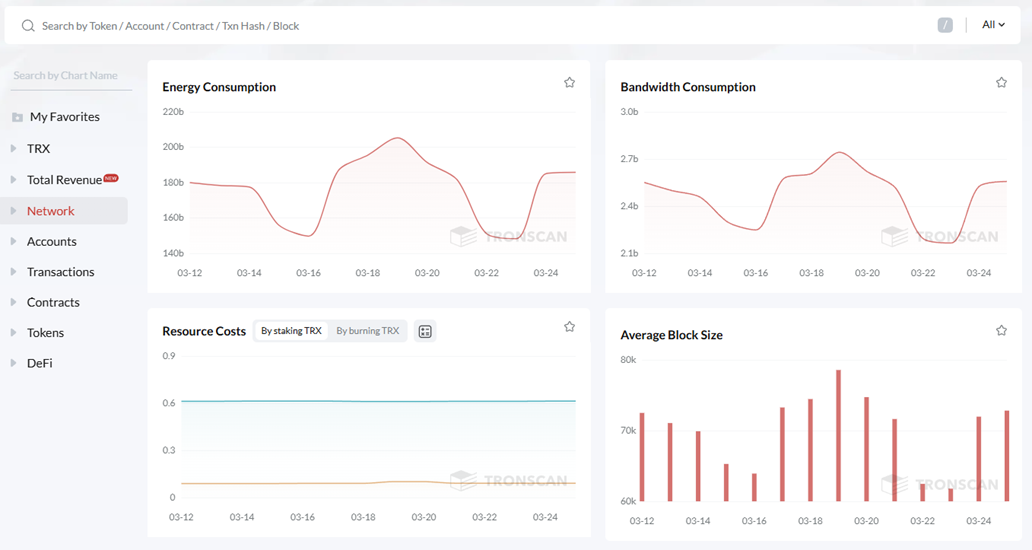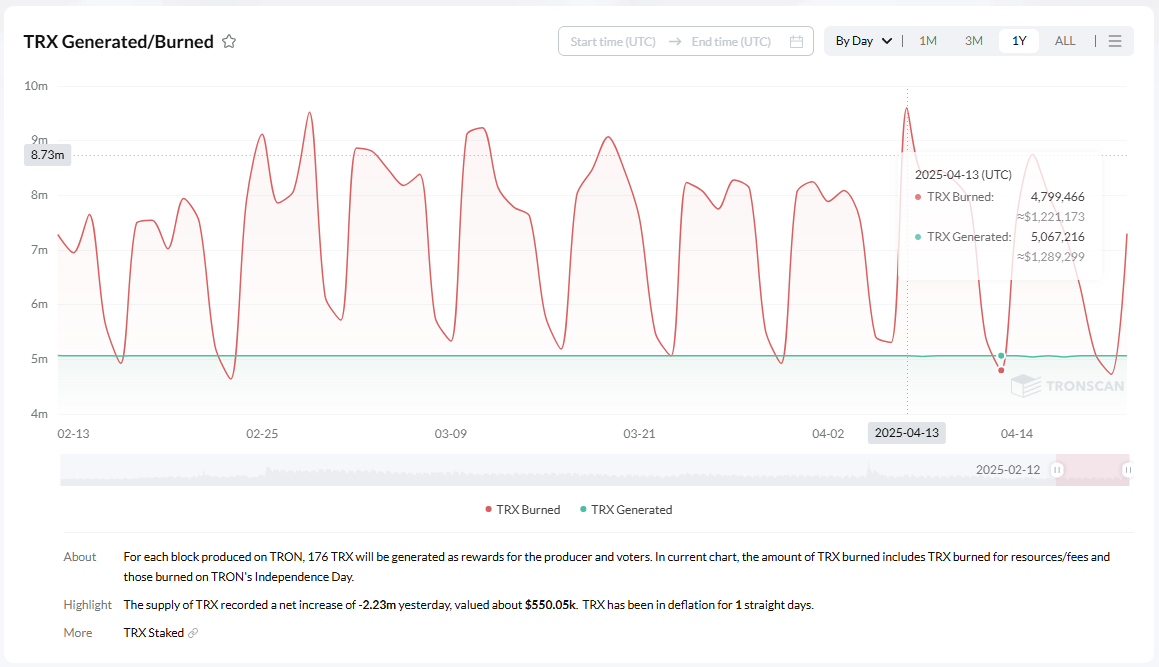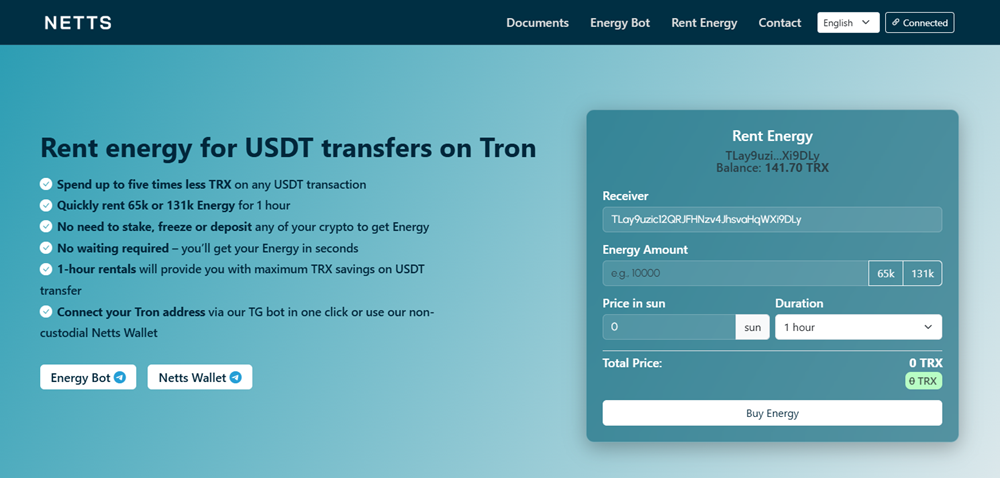How Do Fees Work on the Tron Network? Why Do They Vary?
For the fast and secure processing of transactions in the Tron blockchain, the technical team of the eco-platform must ensure good network throughput, spend computing and energy resources. Of course, the user must recover these costs of the cryptocurrency blockchain by paying a commission for each transaction. To pay for transactions, you can use the native cryptocurrency TRX, as well as two types of resources - Energy and Bandwidth.

Less experienced users of the Tron blockchain are perplexed by the fact that when transferring USDT (or using TRC-20 tokens in other ways), the cost of transactions in TRX can differ significantly – literally several times.
In this article you will find out how fees are calculated in the Tron network, and how you can pay less if you are aware of all the opportunities that the blockchain and renting services provide for you.
What Are Tron Fees Comprised Of?
It has already been mentioned above that in addition to TRX, two types of special resources are used to pay for transactions, which are renewable, but through different methods. Additional TRX can be obtained by passive or active staking, purchase or exchange. Accumulating TRX using such methods requires a significant amount of free crypto, since frozen assets do not belong to you for 2 weeks - they are managed by the blockchain. Therefore, spending TRX on 100% payment for transactions is unprofitable even for those who have large reserves of native crypto. This way, you should make the most of the capabilities of Energy and Bandwidth resources.
Bandwidth
This resource is aimed at supporting the high throughput of the Tron network during transactions. A certain amount of Bandwidth (at the time of writing this article, it is 600 units) is received by each user on their account daily.
This resource is used mainly to pay for transactions with TRC-10 tokens, for regular transfers of native currency. But commissions when using TRC-20 tokens (USDT, USDC, smart contracts, etc.) must be also paid in TRX or the Energy resource. Please note the possibility of choice, which is discussed in more detail below.
Energy
When working with stablecoins USDT, USDC and other Dapps using smart contracts, transaction fees are paid from the reserves in the user's wallet of the Energy resource.
But as soon as the Energy supply runs out, even in the midst of working with a smart contract, the blockchain will automatically start burning TRX from the user's account. That is why the transaction becomes more expensive, and significantly more expensive.

Conclusion: the user must have access to the required amount of Energy for the duration of transactions with TRC-20 tokens. Otherwise, he/she will have to pay with his reserves of the native currency (TRX), which means the transaction price will skyrocket.
Why Might Fees Differ?
The amount of transaction fees may be affected by various factors.
- Energy reserve on the user's crypto wallet. The larger the reserve, the more likely it is that TRX will not be withdrawn from the account during the transaction.
- The load of the blockchain network at the time of the transaction. If the load is high, then the costs of computing and energy resources of the network increase, which the user must replenish from his assets.
- TRX transfers and other operations with TRC-10 tokens will be the cheapest – they only require the Bandwidth resource. For transactions using TRC-20 tokens, including USDT transfers, both types of resources are charged towards the commission (or TRX if there are not enough resources).
For example, if a USDT transfer is made without Energy reserves, and 15-25 TRX will be withdrawn from your wallet as a commission, then the same operation will cost you only 5-7 TRX if you use Energy rental services in the event that you do not have enough reserves of this resource and do not have time for staking.
So, we came to the conclusion: low fees can be provided either by staking or by renting Energy.
How Can You Save on Fees?
For the mass user of the eco-platform, the main methods of reducing transaction costs remain:
- Staking – when freezing 13 thousand TRX, you get a sufficient reserve of Energy so as not to spend native crypto on transactions, but during the staking period you cannot use TRX, and you cannot release funds early – it always takes at least two weeks.
- Renting Energy on special services is a fast and profitable way that will allow you to reduce commissions by 2-5 times. And you can automate the process through API.
Conclusion: Renting Energy on special services is the most profitable, convenient and efficient way to significantly reduce transaction costs if you have to send USDT frequently.

Now that you have a comprehensive understanding of how fees are formed in the Tron network and how you can pay less, it’s time to move from theory to practice.
Don't overpay! Rent Energy using the NETTS service – and reduce the commission for transferring USDT TRC-20 by up to 5 times. Rent energy for 1 hour using the form on the website, Workspace API or through our Telegram bot – and get your Energy in seconds.